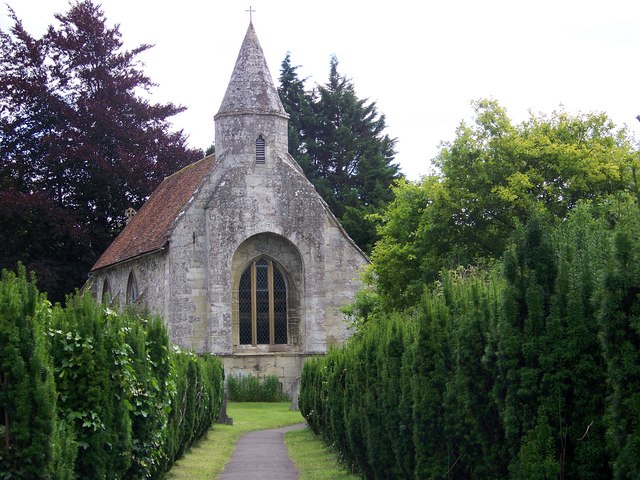|
Bemerton
Bemerton, once a rural hamlet and later a civil parish to the west of Salisbury, Wiltshire, England, is now a suburb of that city. Modern-day Bemerton has areas known as Bemerton Heath, Bemerton Village and Lower Bemerton. History In 1086, the Domesday Book recorded four households at ''Bermentone'' or ''Bimertone''. Until 1894, Bemerton was a chapelry of Fugglestone St Peter, but it was then established as a parish in its own right. In 1927 a large part of Bemerton was transferred to the borough of Salisbury, and in 1934 Bemerton civil parish was dissolved: most of its population was transferred to the newly created parish of Quidhampton, and the remainder to Wilton borough. Religious sites Bemerton has two Church of England parish churches, and a third which is now a community venue. St Andrew The small St Andrew's Church, built in flint and local limestone, is described by Historic England as "a substantial survival of the form and fabric of a small Medieval village ... [...More Info...] [...Related Items...] OR: [Wikipedia] [Google] [Baidu] |
Fugglestone St Peter
Fugglestone St Peter was a small village, manor, and civil parish in Wiltshire, England, lying between the town of Wilton and the city of Salisbury. The civil parish came to an end in 1894 when it was divided between the adjoining parishes, and today Fugglestone is a largely residential area in the north of Wilton parish; however, the 13th-century parish church survives. History The ancient parish of Fugglestone contained 1,778 acres and three rivers, the Nadder and two arms of the Wylye, so that some of the parish were under water. Fugglestone included the tithing of Quidhampton, the chapelry of Bemerton, and part of the hamlet of Burdens Ball. According to John Leland, King Æthelbert of Wessex was buried at Fugglestone, suggesting an early monastic institution there.John Britton ''et al.'', ''The beauties of England and Wales'', vol. 22 (1814)p. 345online at books.google.com Apart from the 13th-century parish church of St Peter, little remains of the ancient village of ... [...More Info...] [...Related Items...] OR: [Wikipedia] [Google] [Baidu] |
George Herbert
George Herbert (3 April 1593 – 1 March 1633) was an English poet, orator, and priest of the Church of England. His poetry is associated with the writings of the metaphysical poets, and he is recognised as "one of the foremost British devotional lyricists." He was born in Wales into an artistic and wealthy family and largely raised in England. He received a good education that led to his admission to Trinity College, Cambridge, in 1609. He went there with the intention of becoming a priest, but he became the University's Public Orator and attracted the attention of King James I. He sat in the Parliament of England in 1624 and briefly in 1625. After the death of King James, Herbert renewed his interest in ordination. He gave up his secular ambitions in his mid-thirties and took holy orders in the Church of England, spending the rest of his life as the rector of the rural parish of Fugglestone St Peter, just outside Salisbury. He was noted for unfailing care for his parishioner ... [...More Info...] [...Related Items...] OR: [Wikipedia] [Google] [Baidu] |
List Of Works By Townshend And Howson
List of works by Townshend and Howson are the works of Arts and Crafts movement stained glass artist partners Caroline Townshend and Joan Howson. Works This is a listing of the major works of the stained glass artist Caroline Townshend and includes those stained glass where she worked with Joan Howson. All Saints' *Location: High Wycombe, Buckinghamshire *Year: 1932a The three-light window in the North Aisle was made by Townshend and Howson''Windows in All Saints, High Wycombe, Bucks''. Buckinghamshire Stained Glass. Retrieved 19 August 2012. and designed by Townshend. It depicts famous women: * In the left panel, Townshend and Howson depicted |
.jpg)


